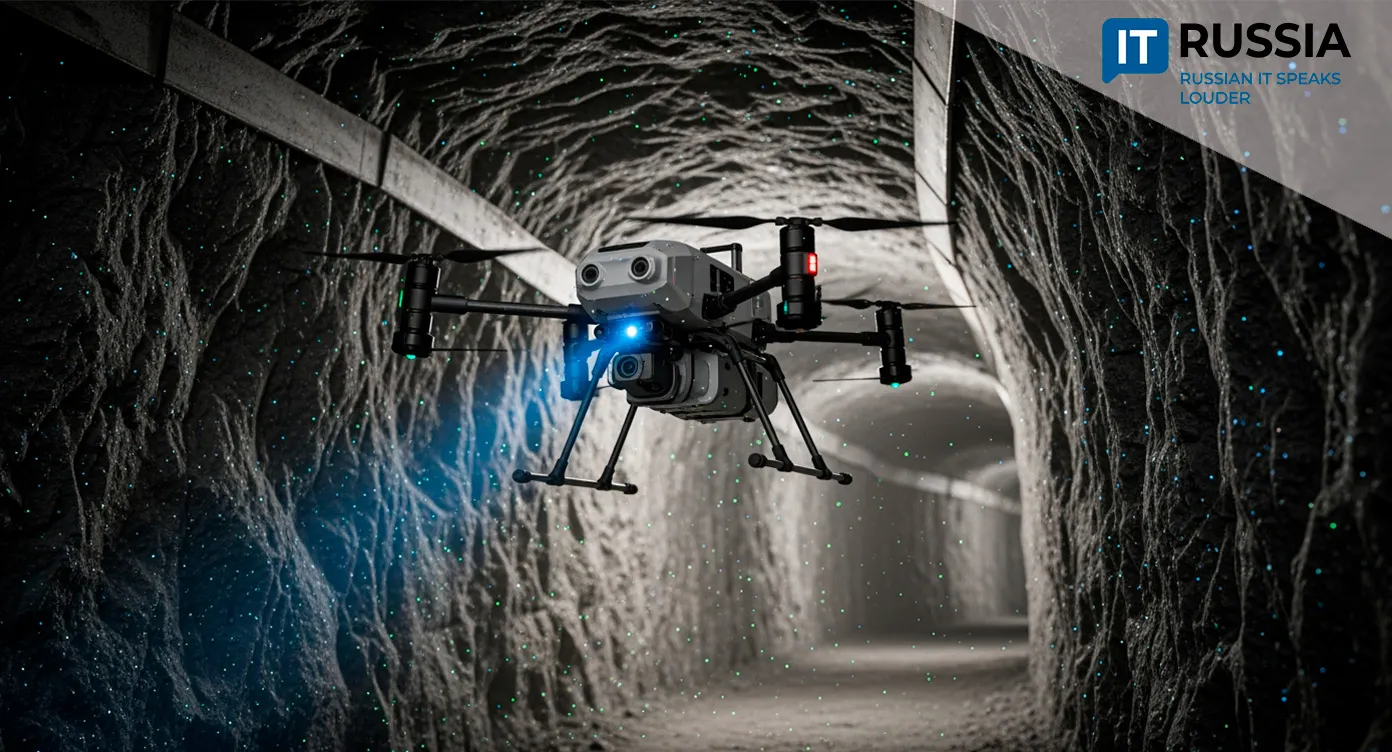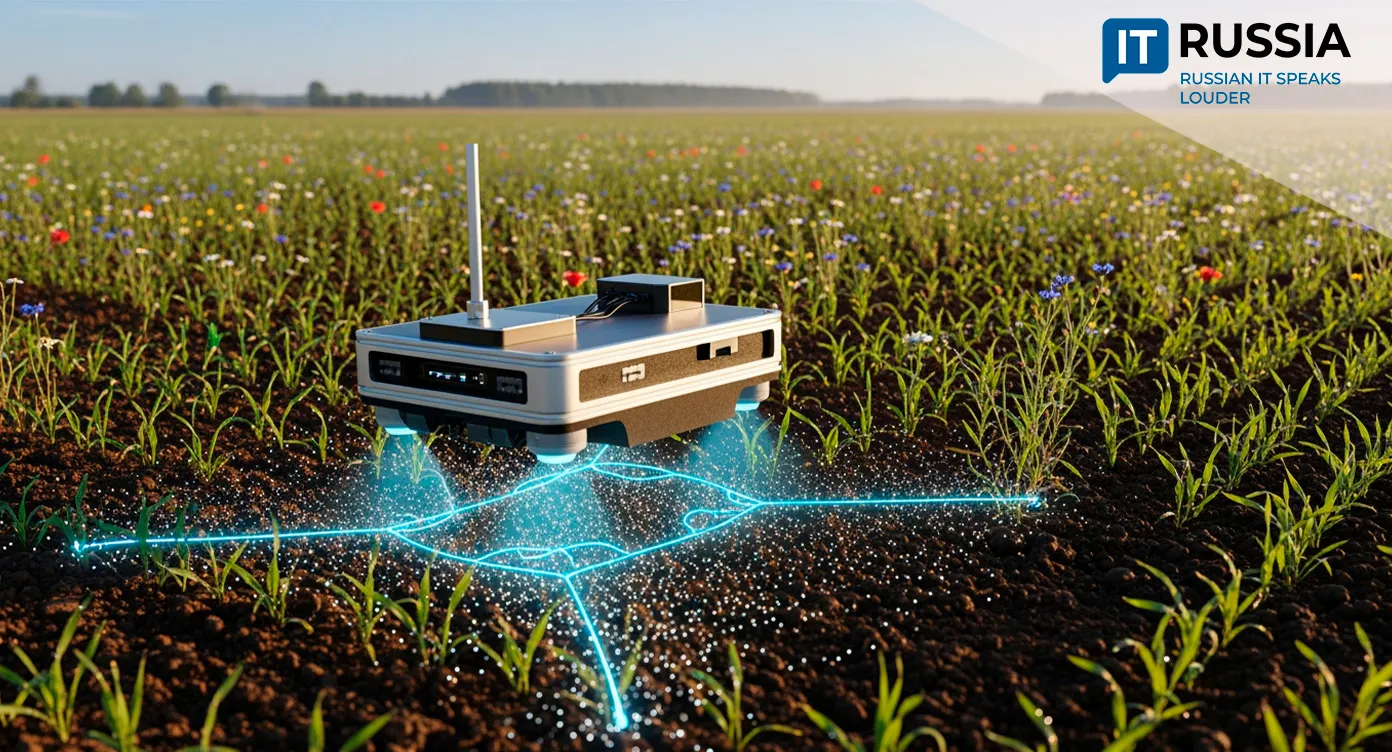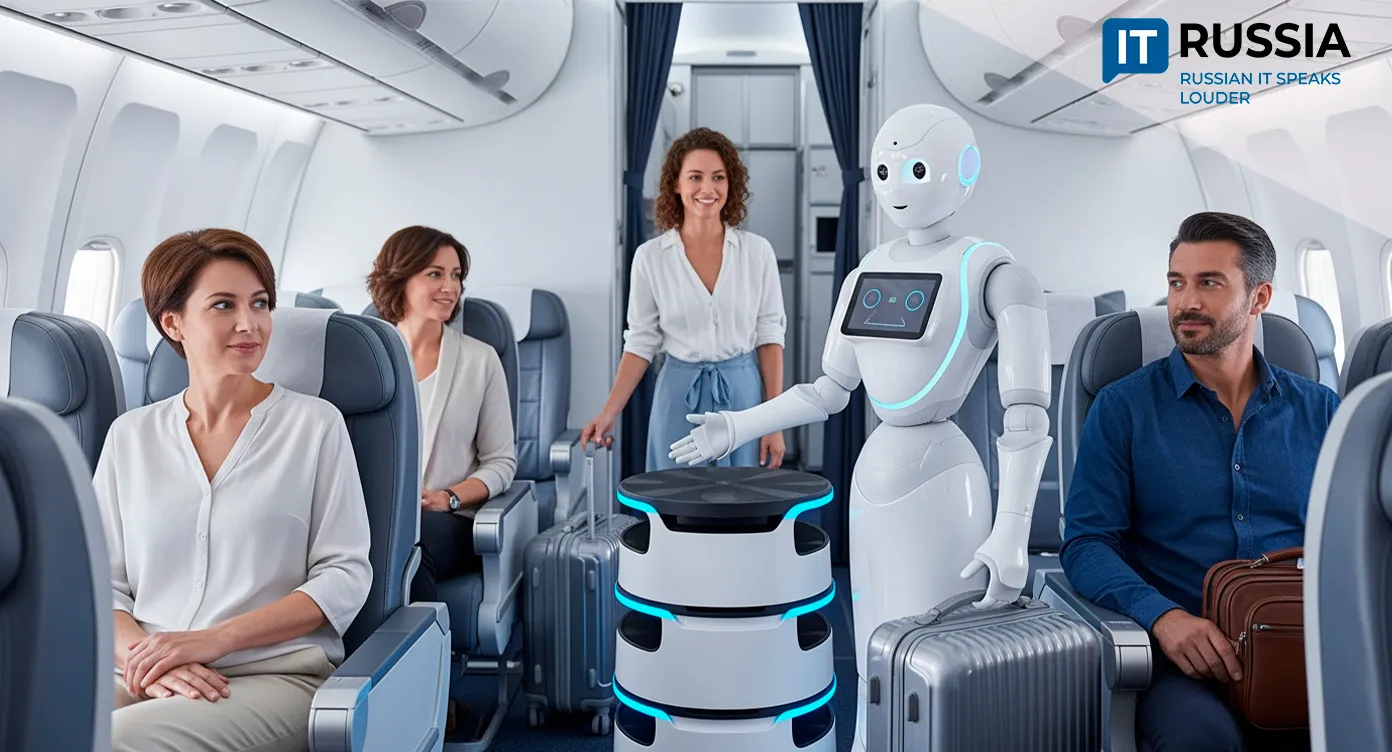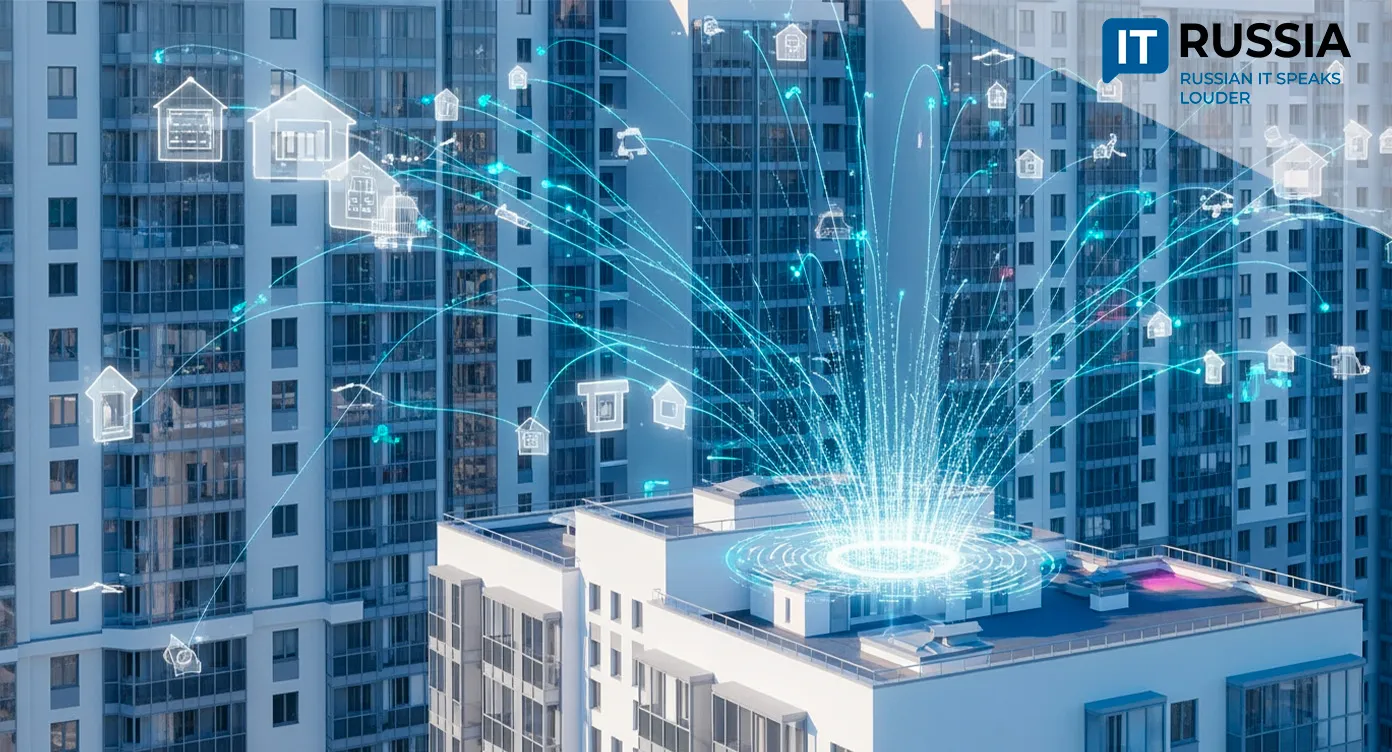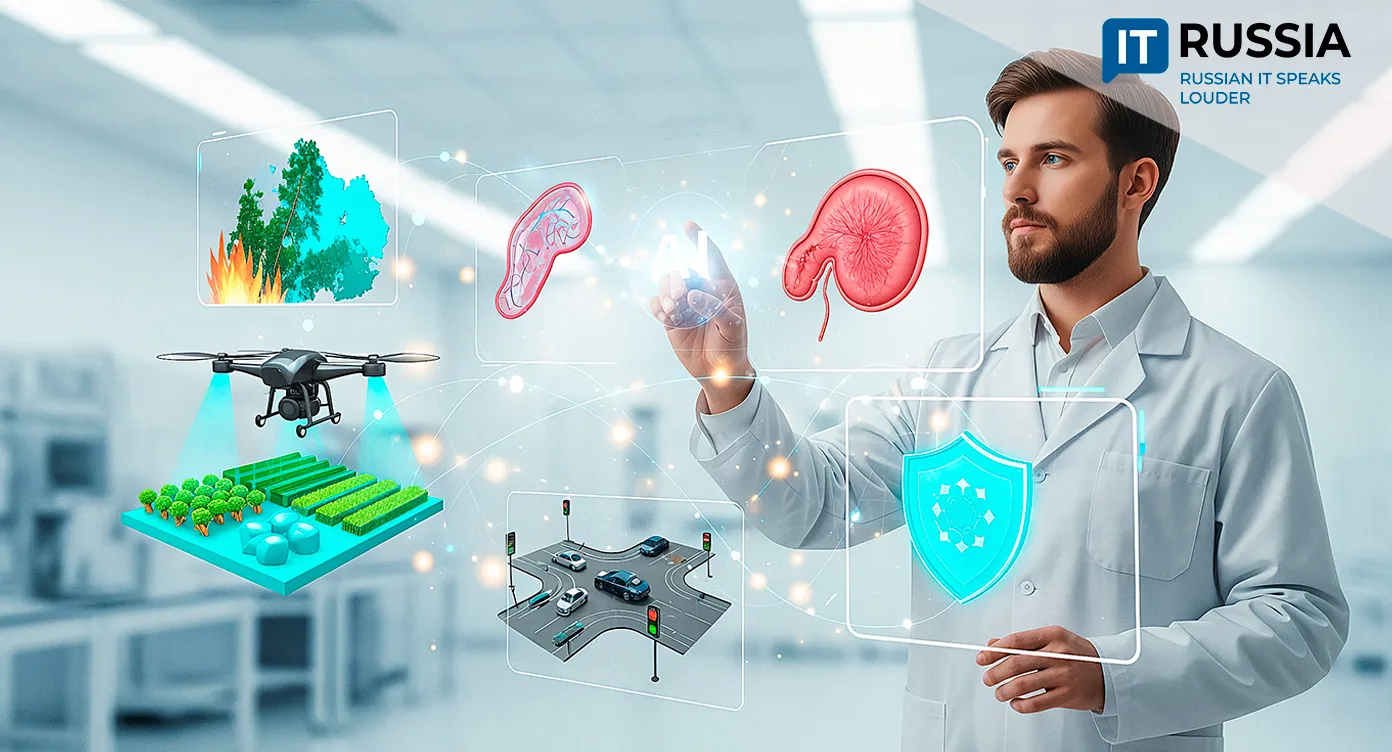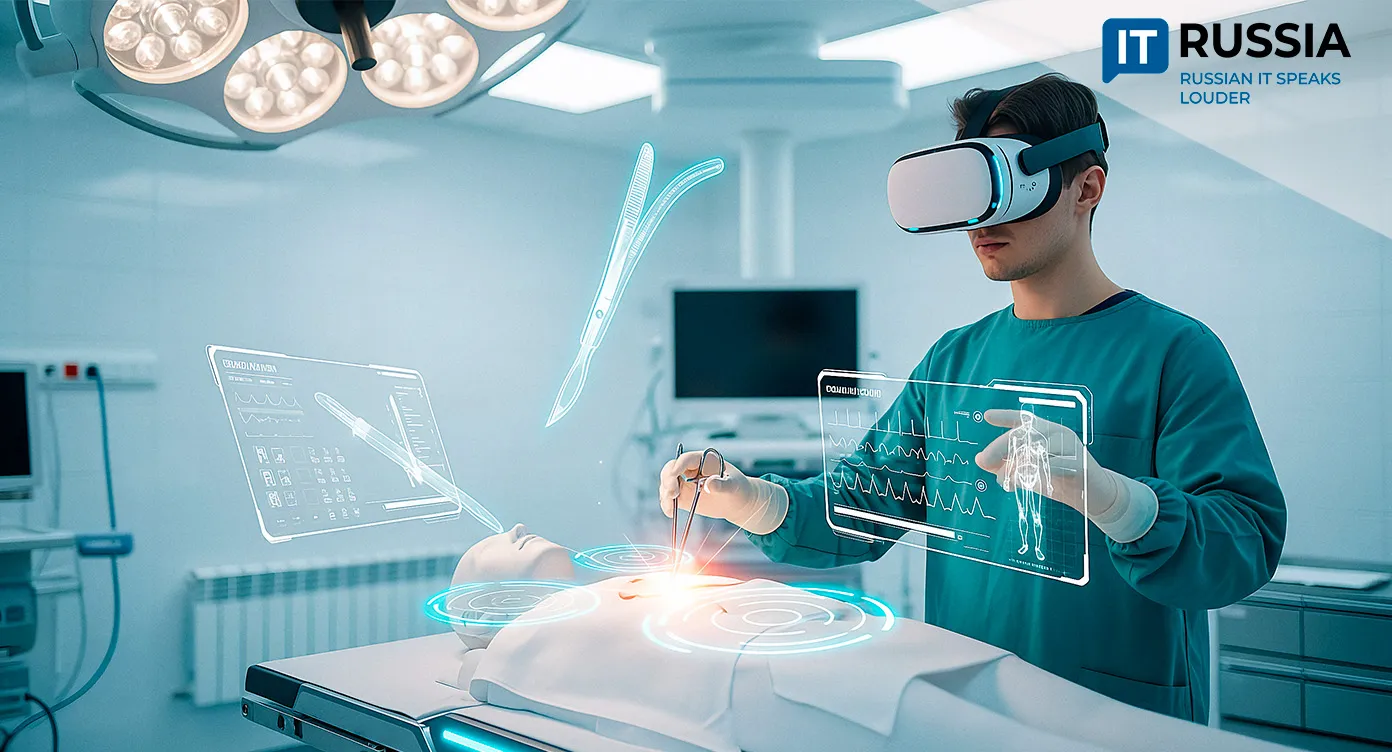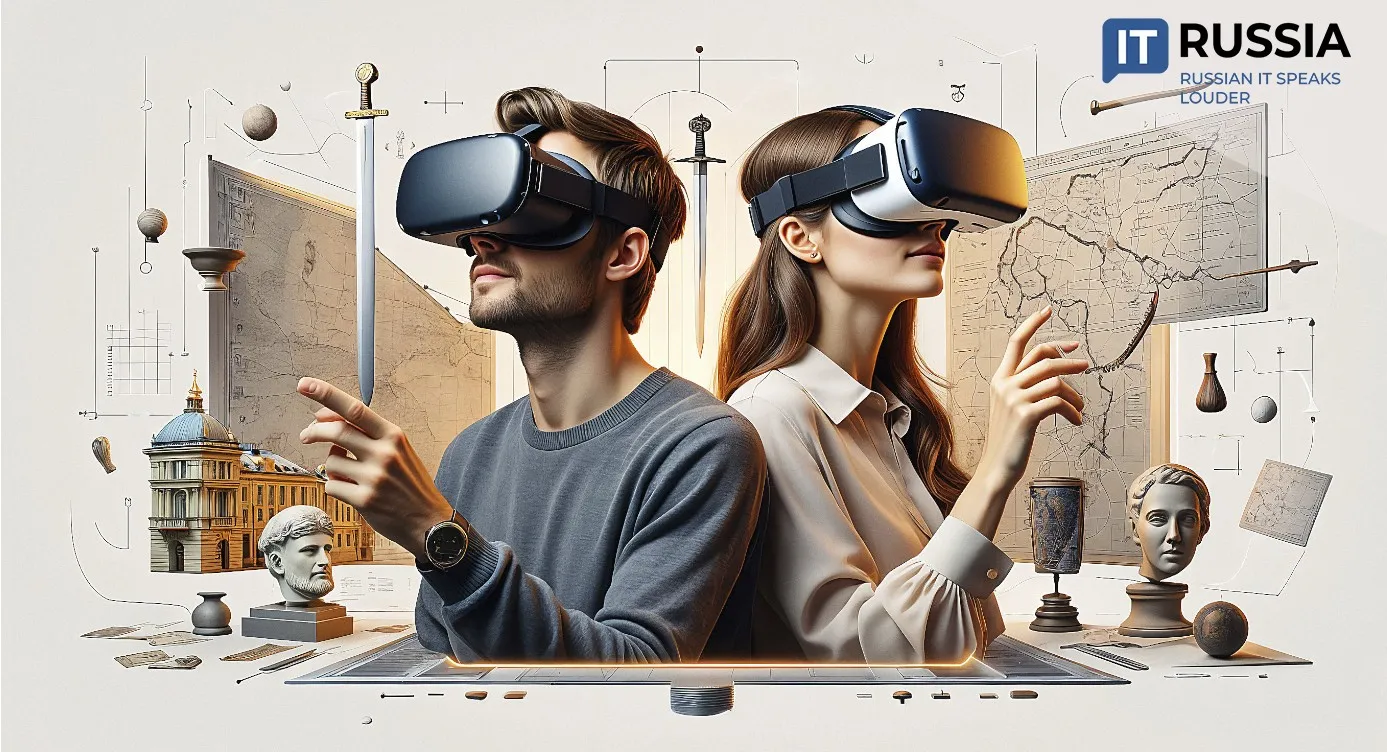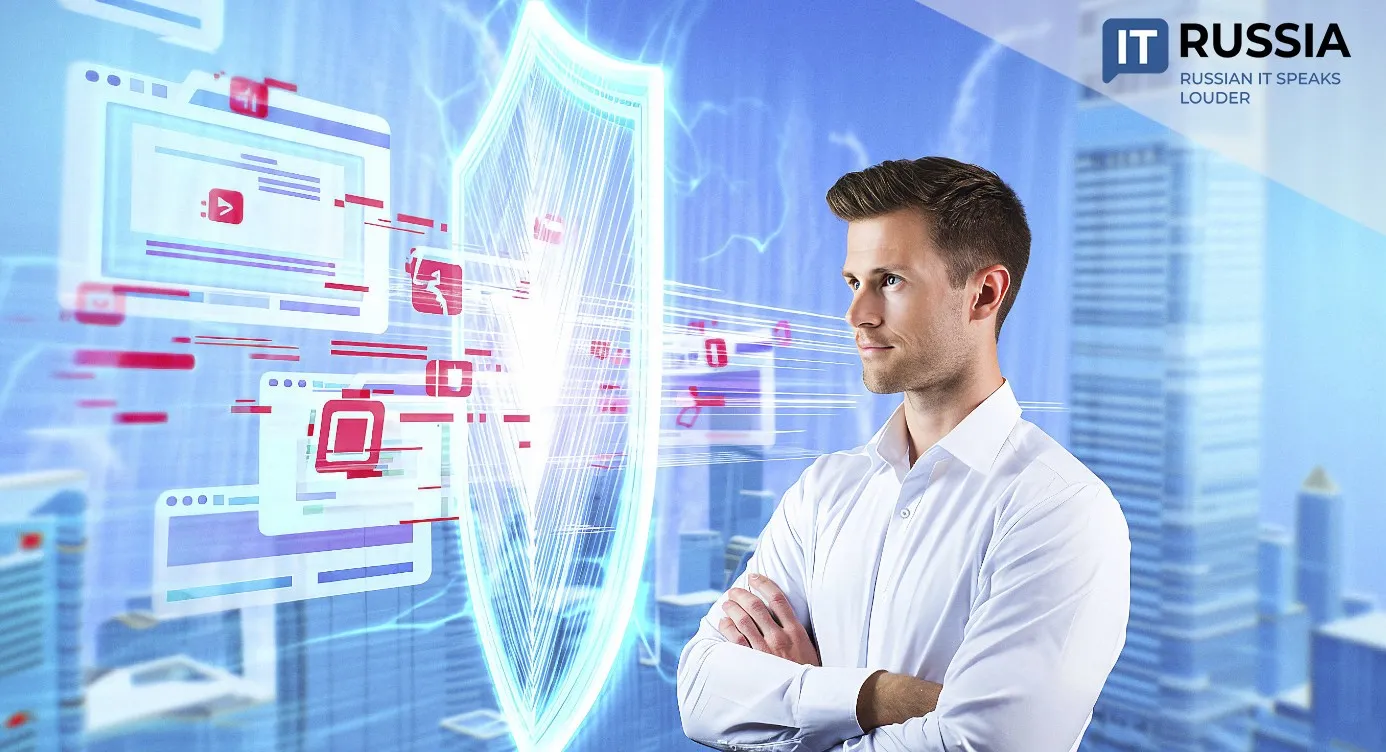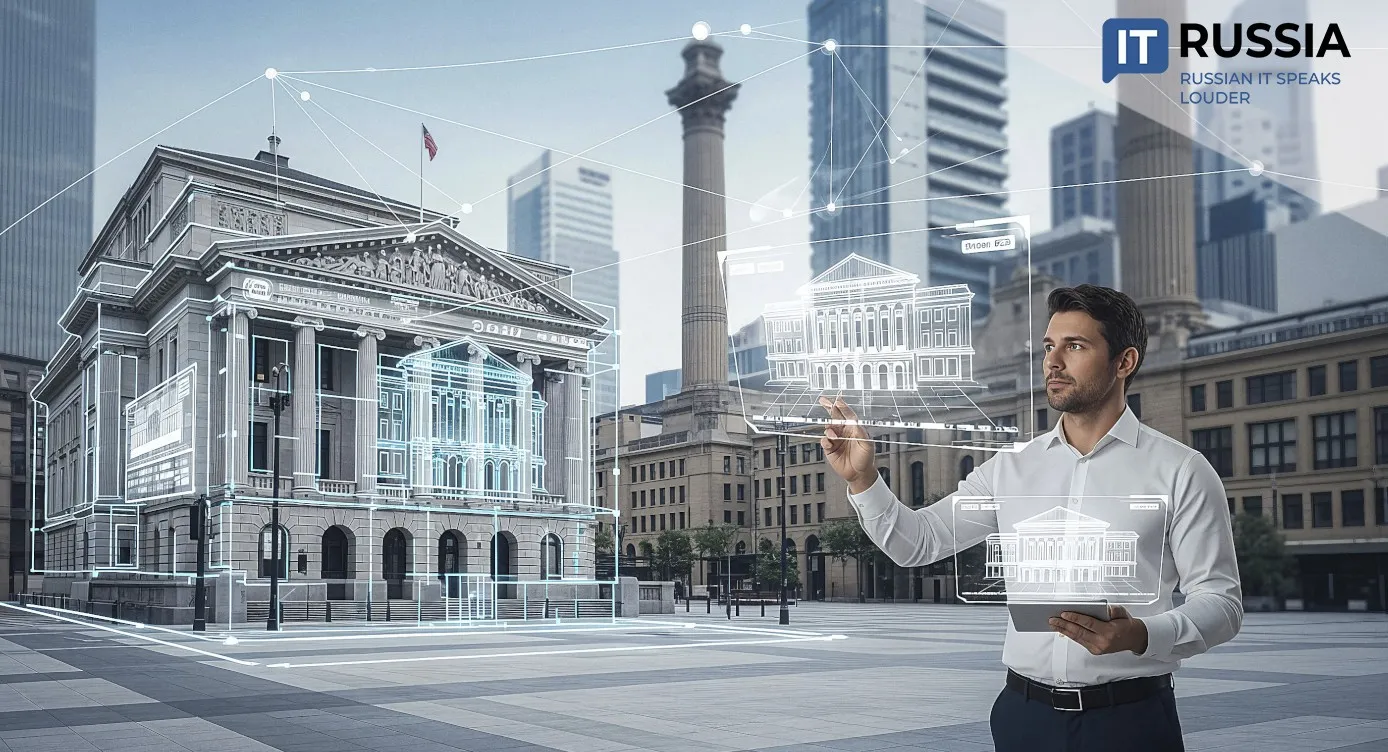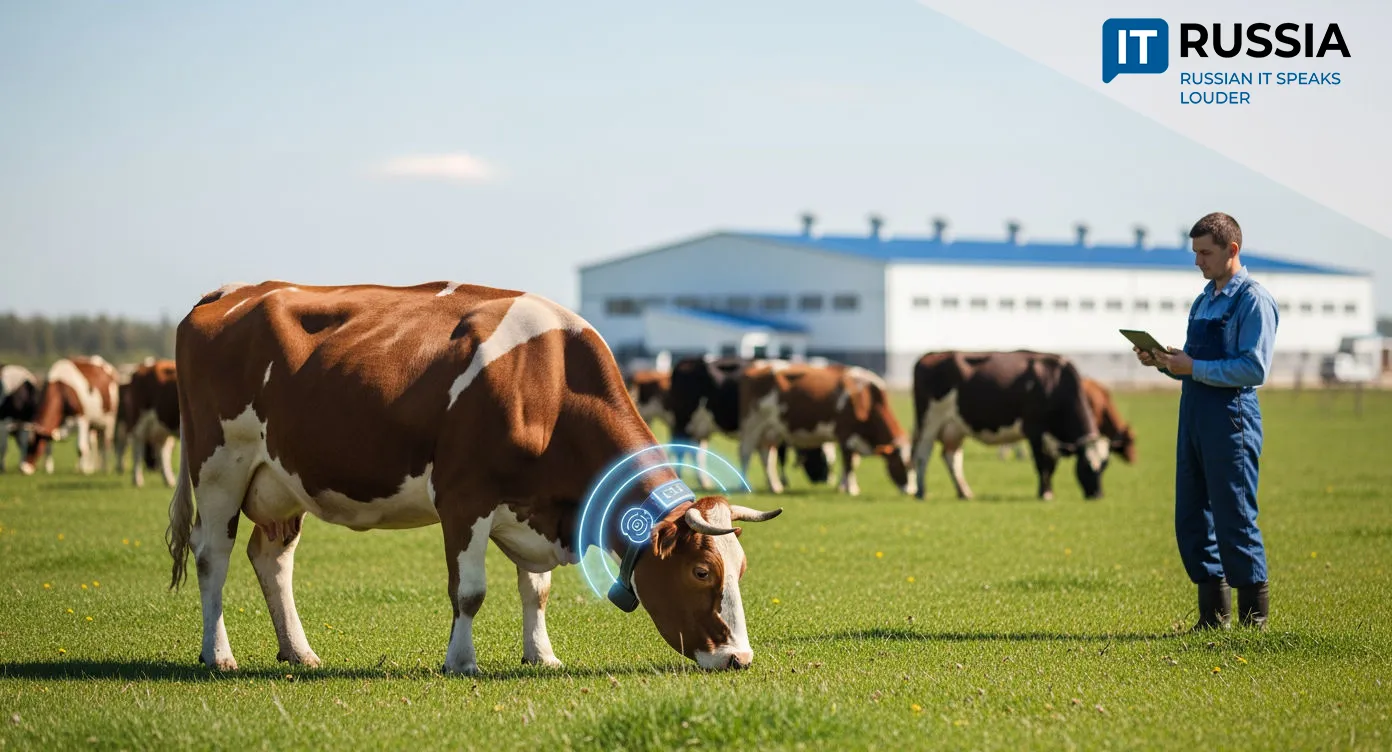Biometrics as the Language of Russia’s Digital Economy
By 2030, biometric technologies in Russia will evolve from simple authentication tools into a natural interface between people and digital services.

Vectors of Development
At WEF 2025, Anastasia Permyakova, deputy head of the Government Analytical Center, announced that one in ten Russian citizens has already provided biometric data to the Unified Biometric System (UBS). Today, these data are used mostly for authentication in banking apps and payment services, but their potential is far broader.
Vadim Kulik, Deputy Chairman of VTB Bank, identified three major drivers shaping biometrics through 2030: government services, AI assistants, and online marketplaces. In the public sector, users will access services without passwords, SMS codes, or additional steps. Biometric tools will also simplify migration-flow control.

Marketplaces will apply biometrics not just for seamless payments but also for deep personalization: the system will recognize returning customers and offer discounts or mood-based recommendations. Age-restricted purchases will no longer require ID verification.
In finance, biometrics will act as a shield against fraud. Voice and facial-motion analytics will help AI distinguish genuine users from impersonators using deepfakes or recorded audio.
The Evolution of Biometrics
For Russian citizens, integrating AI and biometrics into everyday services mainly means enhanced convenience. Shoppers across the country can already pay by smiling at a camera—thanks to Sber. VTB is testing palm-recognition terminals for contactless payments.
Moscow’s metro system has long allowed passengers to enter using facial recognition, and similar systems are available in St. Petersburg, Nizhny Novgorod, Yekaterinburg, Kazan, and Samara.
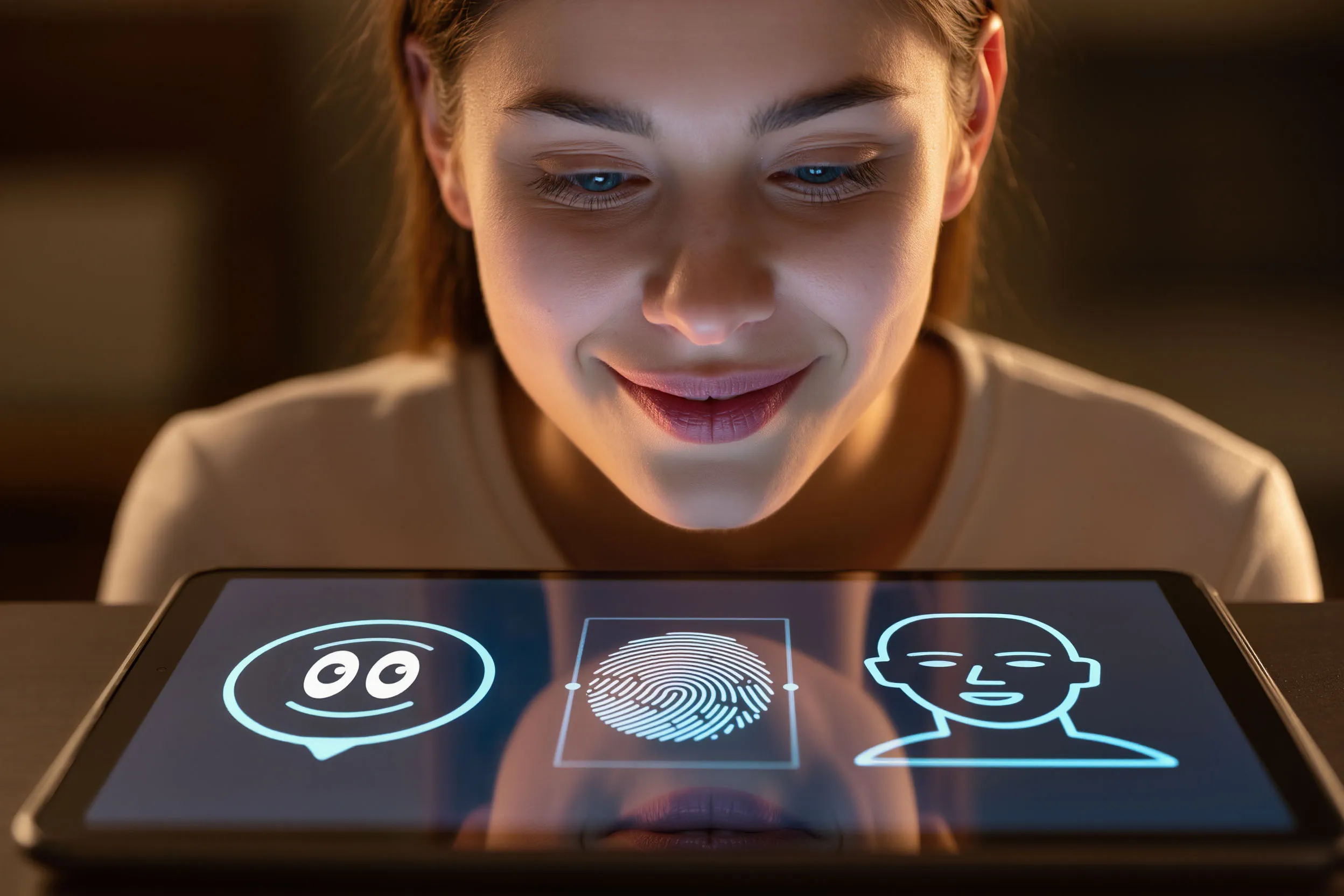
In July, the “Gosuslugi. Biometrics” app introduced an AI assistant that helps users capture biometric samples online. It analyzes the video stream in real time, suggests where to look, checks lighting, and ensures no foreign objects are in frame.
Everything by Law
A shift is underway from mechanical identity verification to an emotionally aware interaction model, where technology not only recognizes a user but also understands them. For Russia’s digital economy, this marks a strategic leap toward enhanced security and a unique user experience.
Under Federal Law No. 572-FZ, the biometric market in Russia is fully localized: foreign companies have exited, leaving room for domestic developers. This has enabled the creation of a secure, regulated ecosystem into which AI models are now embedded. VTB, Sber, and other major IT leaders are developing multimodal assistants capable of processing speech, text, video, gestures, and facial expressions.

Challenges of the Era
Russian technologies for facial and voice recognition already rival global solutions in accuracy while ensuring full data sovereignty. The country is building an identity model independent of Western platforms—one potentially attractive to markets in the CIS, Africa, and Southeast Asia.
By 2030, biometrics will become invisible yet ubiquitous. And this foundation is being built now inside Russian labs, where innovation drives progress and security is ensured both locally and globally.






